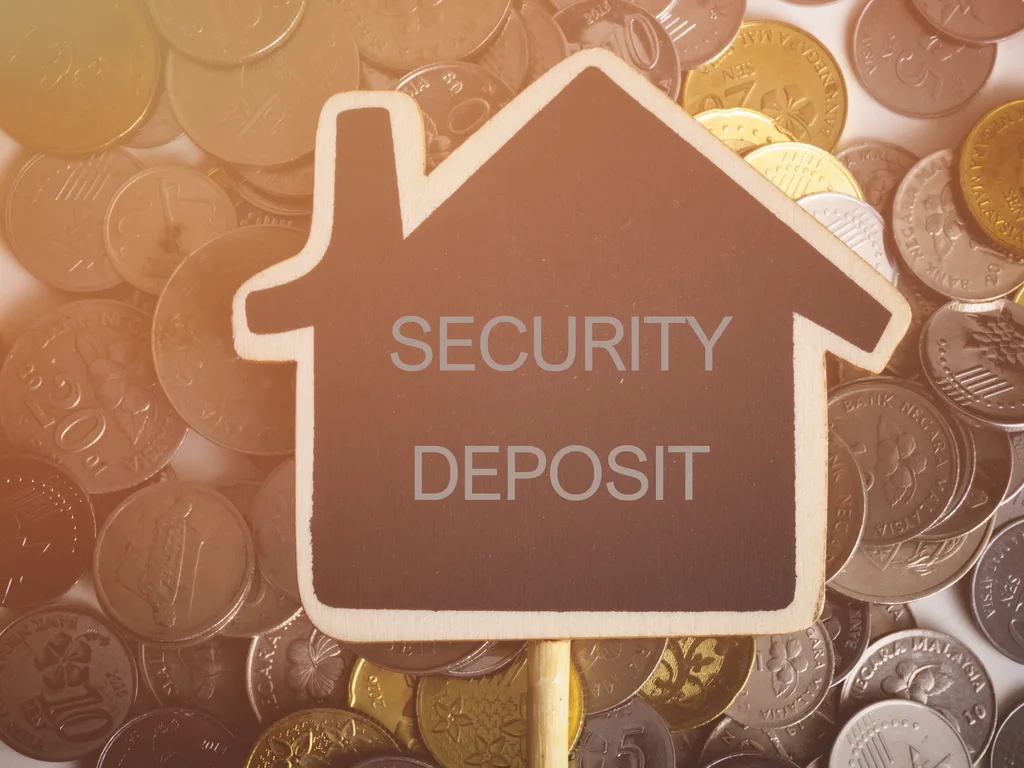In your area, you may also be able to find and qualify for privately owned subsidized housing. HUD works with these local property owners and landlords to provide rental housing at a reduced price.
This happens through the Low-Income House Tax Credit (LIHTC), which incentivizes private landlords, property owners and developers to offer lower rent to families on fixed incomes. The incentive comes in the form of tax credits that private property owners can get in exchange for providing housing to low-income families through the LIHTC program.
In fact, approximately 90% of the available affordable rental housing in the U.S. is LIHTC property. That’s because this program provides funding to state governments that then work with developers and other organizations to build and renovate properties to make low-income housing units.
The type of LIHTC housing you could live in varies widely from state to state, city to city. You can find apartment complexes, townhouses, single-family homes and duplexes that are LIHTC properties.
Property owners and managers of LIHTC properties must pass one of the following “income tests” to qualify for tax credits:
- At least 20% of tenants have an income of 50% or less of the area’s median income adjusted for family size (AMI).
- At least 40% of tenants have an income of 60% or less AMI.
- At least 40% of tenants have an income averaging no more than 60% AMI, and no units have tenants with income greater than 80% AMI.
In addition, tenants’ rental costs cannot be more than 30% of their household income. But unlike Public Housing and the Housing Choice Voucher Program/Section 8, HUD does not make income adjustments based on things like childcare costs and medical expenses when determining a household’s eligibility.
Let’s give you an idea of the scope of LIHTC programs around the county.
Local agencies receive about $8 billion each year to provide tax credits to property owners and developers who create new low-income housing. Each year, this program results in nearly 1,400 building projects and 106,000 new low-income units for households of various sizes.
Both for-profit and nonprofit organizations are eligible to receive these tax credits, as long as they build and remodel existing housing that will serve as low-income housing units that serve the community. These organizations must apply for funding through the state’s housing authority. Housing authorities welcome organizations and developers that build in Difficult Development Areas (DDA) to make good use of areas that have land, construction and utility costs that are a lot higher than the area’s median household income.
Government assistance programs like vouchers and Section 8, Public Housing and privately owned subsidized housing can be great for families that meet low-income requirements. However, if you earn too much to qualify for these programs, you still have affordable housing options you can try. Read the next slide to find out what you other options are for securing affordable rental housing.




